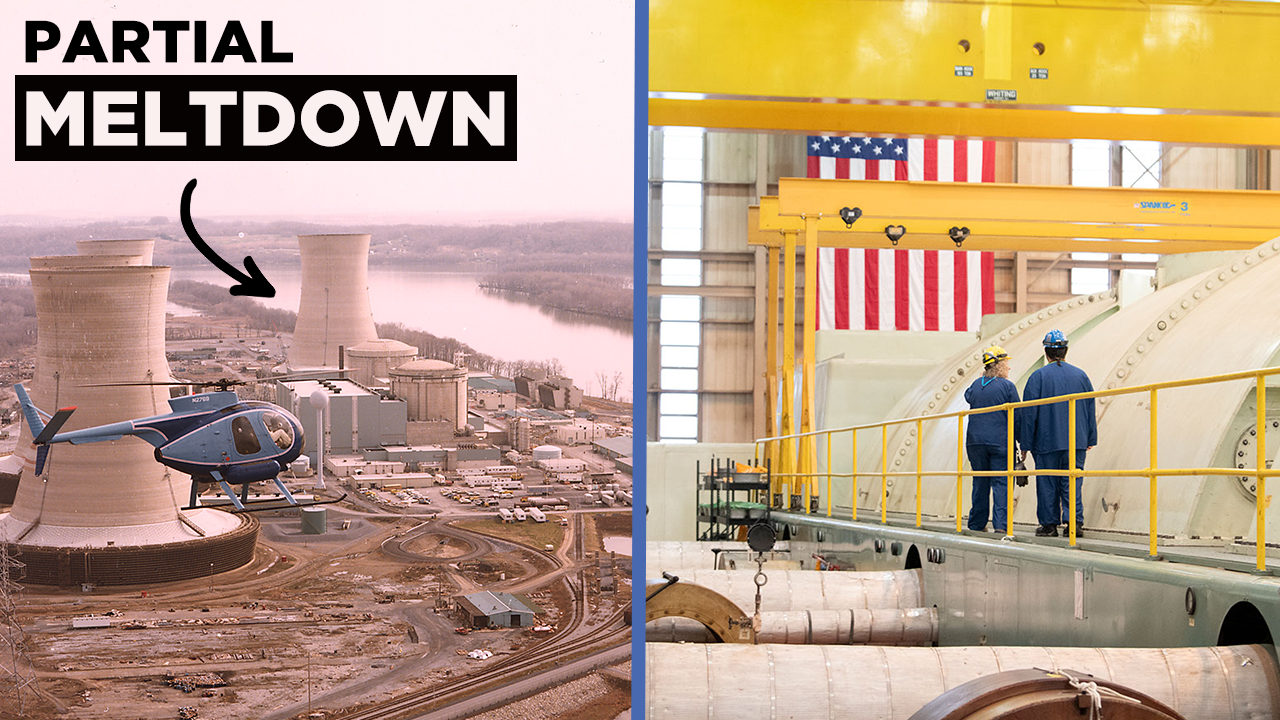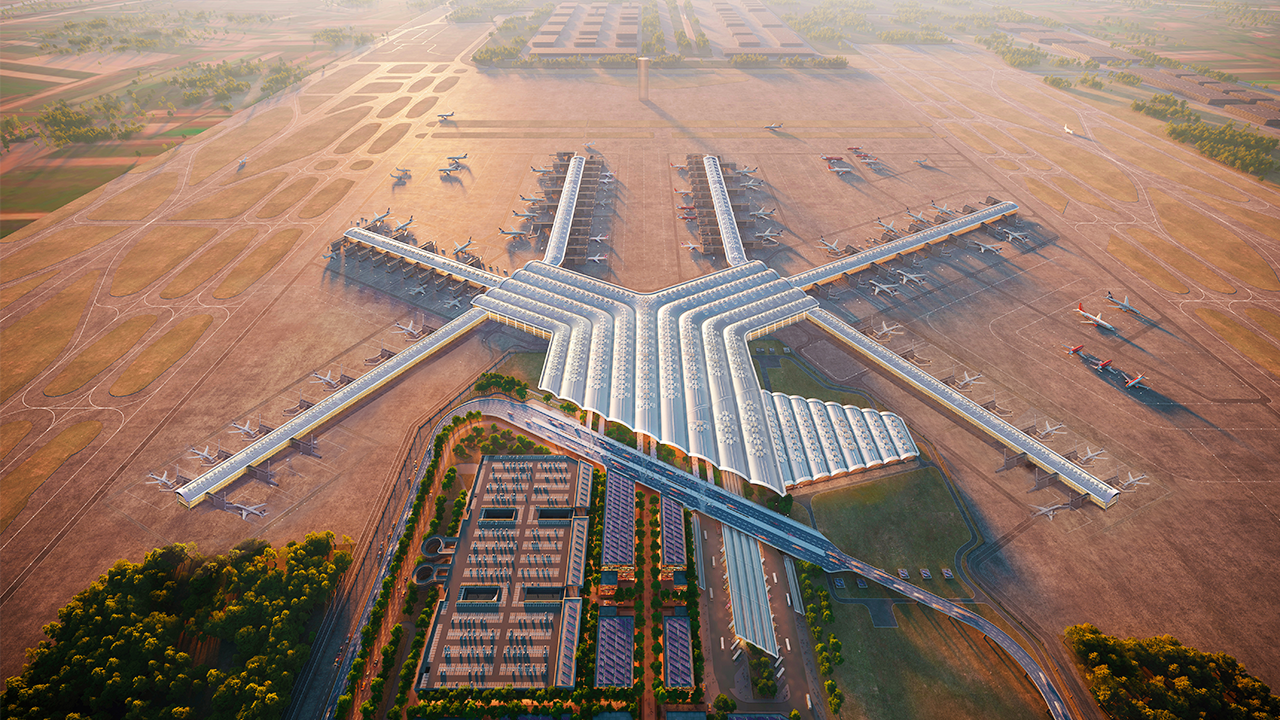MIT Students Propose a City on Mars
- Youtube Views 6,382 VIDEO VIEWS
AN INTERDISCIPLINARY group of students from Massachusetts Institute of Technology (MIT) have won this year’s Mars City Design competition with their concept for a series of domed habitats.
Named "Redwood Forest", the project proposes to establish a human colony on Mars within a series of geodesic domes constructed from soft cells filled with water that would provide protection from cosmic radiation.

Above: The proposed Martian city can be expanded and connected by an underground network, housing up to 10,000 inhabitants. Below: Private spaces are to be located in tunnels while the forest beneath the dome is used as a communal space (images courtesy of MIT ).

These domes would each contain a Redwood forest environment acting as the shared common space for up to 50 inhabitants. While underground, a series of
tunnels would connect the domes and contain private spaces such as the residences.

Above: A visualisation of a cluster of domes that make up MIT's winning proposal (image courtesy of MIT).
The students propose that power would be supplied by solar panels, with food - including fish, fruit and vegetables - grown in hydroponic farms. Water would be harvested from Mars’ northern region.
Whilst building on the red planet might sound like complete science fiction, this concept actually joins a number of credible and highly-developed proposals worldwide in an fast emerging "race to build on Mars".
Above: A video showing the plans for a Mars City, a simulation facility in Dubai (video courtesy of Cities of the Future).
Bjarke Ingels Group (BIG) have designed a prototype Mars habitat (set to be built in Dubai) called the "Mars Science City".
The Dubai prototype will serve as a museum for space exploration and be a large scale simulation of a working Mars colony. It forms part of the United Arab Emirates’ strategy to be operating a "functional Martian settlement by 2117
Elon Musk's SpaceX are also progressing plans for a colonisation on Mars (pictured below).

Above: An impression of SpaceX's Mars colony (image courtesy of SpaceX).





